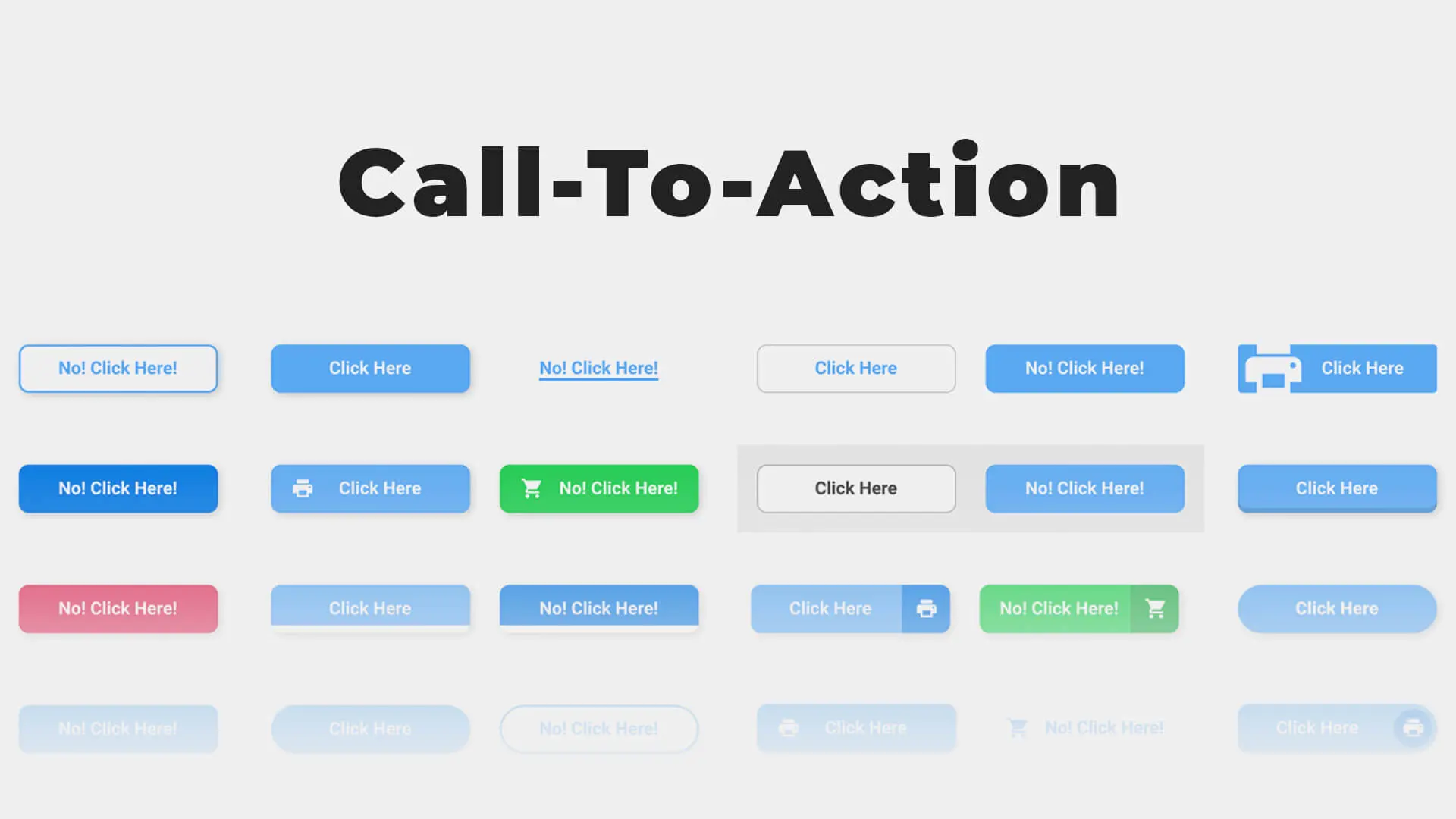Website Development for Non-Profit Organizations – Best Practices

A well-designed website is a powerful asset for non-profit organizations, serving as a hub for supporters, donors, and volunteers. Your website can communicate your mission, inspire action, and build lasting relationships. In this guide, we’ll explore best practices for developing an effective non-profit website that is user-friendly, engaging, and optimized for search engines.
Define Your Mission and Impact Clearly
A clear and concise message about your mission and impact should be front and center. When visitors arrive on your website, they should immediately understand what your organization does and how they can help. Use strong headlines, compelling images, and a short video or statement to convey your purpose.

Create Intuitive and User-Friendly Navigation
Ensure that your website's navigation is simple and intuitive. Users should be able to find what they need—whether it’s to donate, learn about your cause, or volunteer—in just a few clicks. Your navigation menu should include key sections like “About Us,” “Our Impact,” “Get Involved,” “Donate,” and “Contact Us.”

Optimize for Mobile Devices
Many visitors will access your website from a mobile device, so it’s critical to ensure that your site is mobile-friendly. A responsive design will ensure that your content adjusts smoothly to different screen sizes, offering a seamless experience for mobile users.

Engage Visitors with Compelling Storytelling
Storytelling is a powerful way to emotionally connect with visitors. Share impactful stories about the people or causes your organization has helped. Use high-quality images, videos, and testimonials to make the stories come alive.

Create Clear and Prominent Calls-to-Action (CTAs)
Your website should inspire visitors to take action—whether it’s donating, signing up for a newsletter, or volunteering. Ensure CTAs are easy to spot and positioned strategically throughout the site. Use action-oriented language like “Donate Now,” “Join Our Cause,” or “Get Involved.”

Simplify the Donation Process
Your donation page should be simple, secure, and easy to use. Provide multiple payment options and offer transparency on how the funds will be used. Consider adding recurring donation options for long-term support.

Integrate Social Media Sharing
Incorporate social media sharing buttons on your blog posts, event pages, and donation sections. This allows visitors to easily share your content and attract more attention to your cause. Regularly update your social channels and link them back to your website to build engagement.

Incorporate Social Media Integration
Donors and supporters want to know how their contributions are making a difference. Create a section on your site dedicated to impact reports or success stories. Include metrics, infographics, and testimonials that showcase your organization's achievements.

Build a Blog for Regular Updates
A blog is a great way to keep your audience engaged and informed about your non-profit’s activities. Use it to share news, upcoming events, volunteer opportunities, and stories of change. Regularly updating your blog also improves SEO, helping your website rank higher on search engines.

Ensure Security and Accessibility
Protect your supporters’ data by ensuring your website uses HTTPS encryption. It’s also important to make your website accessible to all users, including those with disabilities. Use readable fonts, alt text for images, and keyboard navigation to improve accessibility.

Conclusion
Building a website for your non-profit organization is about more than just aesthetics—it’s about creating a platform that engages visitors, shares your mission, and drives action. By following these best practices, you’ll ensure your website effectively supports your cause while being optimized for search engines and user experience.
Overview
Define Your Mission and Impact Clearly Create Intuitive and User-Friendly Navigation Incorporate Social Sharing Buttons Engage Visitors with Compelling Storytelling Create Clear and Prominent Calls-to-Action (CTAs) Simplify the Donation Process Integrate Social Media Sharing Incorporate Social Media Integration Build a Blog for Regular Updates Analytics and MonitoringRelated Blogs
Store Branding Secrets: How to Design a Winning Store Branding Strategy
Crafting a compelling and cohesive brand identity is essential for any successful retail business.This presentation will guide you through the key elements of store branding, from defining your brand's positioning to designing an immersive in-store experience.



